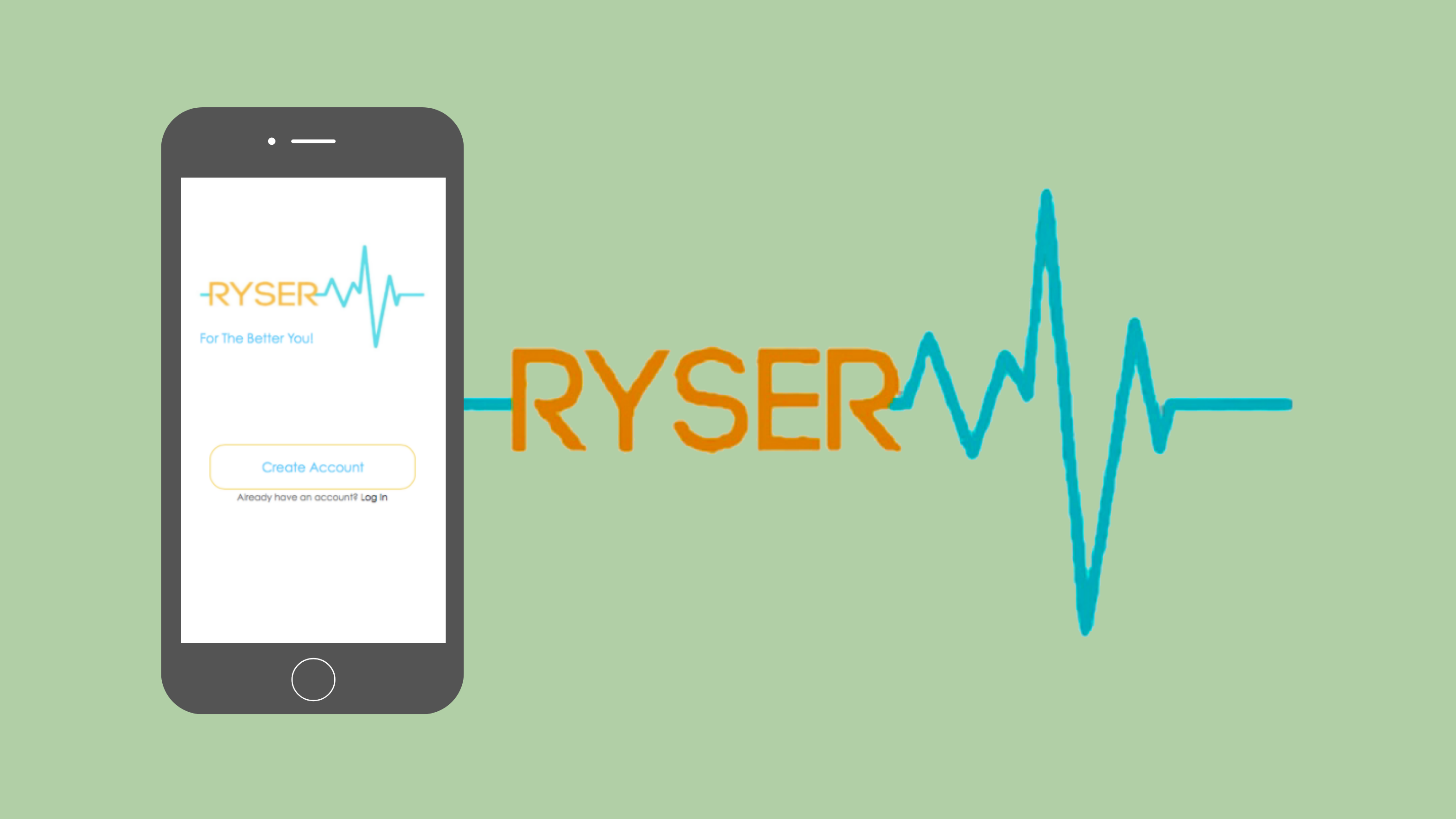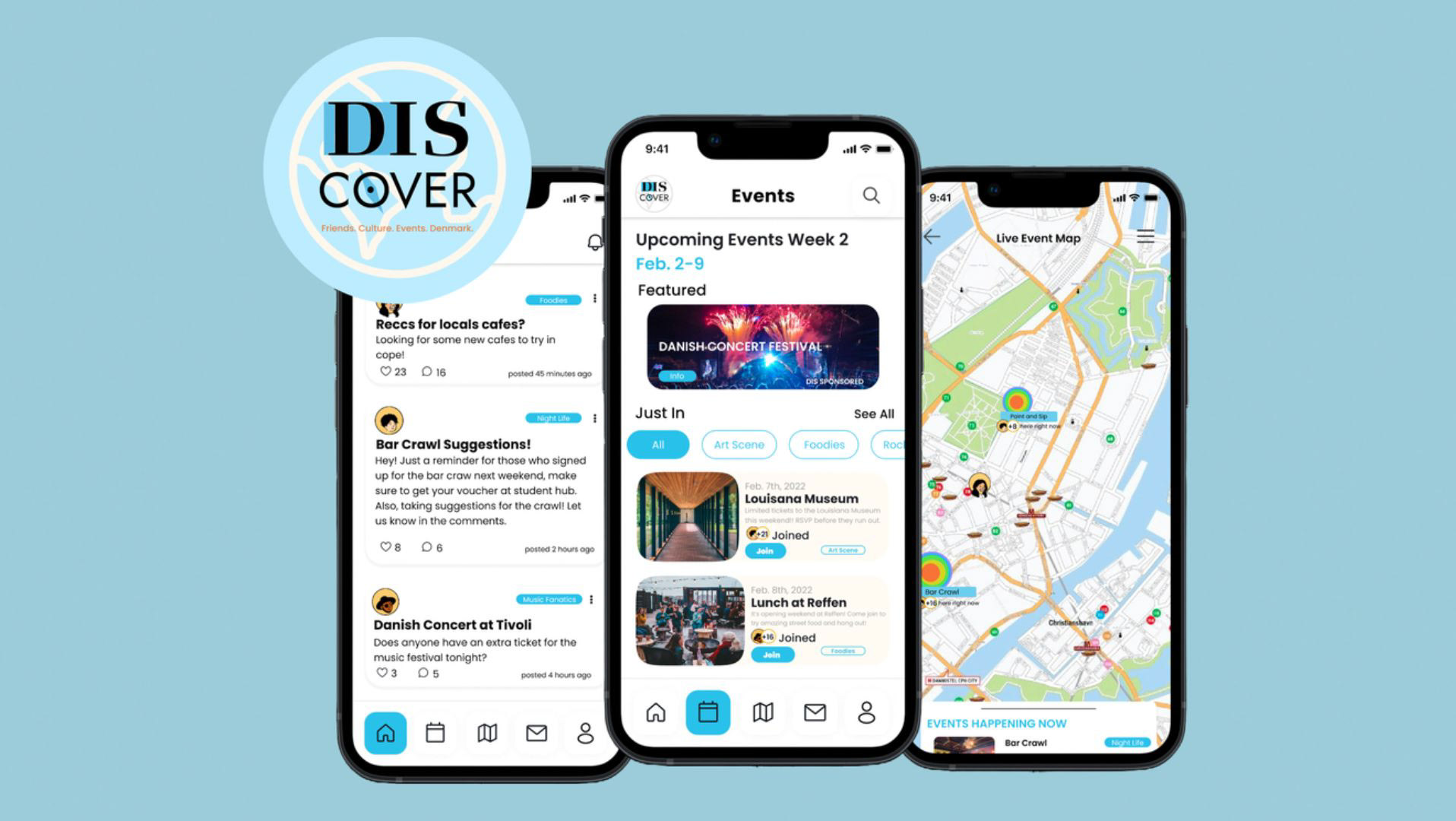In my Cognition and Education Research Course Spring 2023, I worked in a student group to design and run an experiment that examined whether students choosing the speed they prefer to watch educational videos at can affect test performance and learning.
01 \\ Problem
The COVID-19 pandemic was an unprecedented event that promoted and normalized increased online learning. Although the peak of the public health crisis has passed, online learning still remains as an effective and prominent method to facilitate student learning.
We were interested in how students can increase learning efficiency in E-learning environments, given the context. We wanted to observe how allowing students to choose the speed they wished to watch an educational video would affect their learning.
02 \\ Past Literature
Past literature have examined this topic by looking into how manipulating video speeds to fixed increments, such as 1x, 1.25x, 1.5x, and 2x, would affect students’ learning.
Our research is novel by examining how well students can learn when given the freedom to change a video's speed (user-controlled) to their own choosing.
03 \\ Hypothesis
We hypothesized that allowing students to watch videos at a speed of their choosing will have no negative impact on their testing performance, compared to watching videos at fixed normal speed.
We predict that results may encourage students should change video speeds to their liking for greater studying efficiency.
04 \\ Research Design
Our study consisted of a 2x2x2 survey study design. The variables we examined were which condition (fixed vs. user-controlled) was presented first (between variable), which video was presented first (between variable), and the different speeds participants watched the videos in (fixed vs. user-controlled) (within variable).
The condition and video order were randomly assigned to each participant, while participants also experienced watching one video at fixed speed and the other at a speed of their own choosing.
Videos Used in Survey
We used two Khan Academy videos to assess how well participants learned.
Video A is titled, "Hormone concentration metabolism and negative feedback (video) | Khan Academy."
Video B is titled, "Cell cycle phases | Cells | MCAT | Khan Academy."
We screen recorded the videos with subtitles on and reuploaded them as unlisted videos on to YouTube. This would ensure there is consistency in the use of subtitles for all participants when doing the survey and is not a confounding variable.
Video Quizzes
Video A: Metabolism
1. The video mentions three ways hormone concentration is controlled in our blood. What is not mentioned in the video?
✦ A ) Metabolism
✦ B ) Hydration
✦ C ) Excretion
✦ D ) Feedback loops
2. What was one of the organs mentioned in the video that metabolizes hormones?
✦ A ) Kidney
✦ B ) Heart
✦ C ) Lungs
✦ D ) Spleen
3. What is not a part of the example of a feedback loop given in the video.
✦ A ) Hypothalamus
✦ B ) Pituitary gland
✦ C ) Thyroid gland
✦ D ) Endocrine gland
4. True or False: A negative feedback loop is when conditions resulting from the hormone action suppress further release of those hormones.
✦ True
5. What happens when the thyroid hormones reach receptors on the hypothalamus and pituitary gland?
✦ A ) They signal to stop making hormones
✦ B ) They signal to continue making hormones
✦ C ) They do nothing
✦ D ) Your body explodes
Video B: Cell Cycles
1. What is the average diameter of a cell?
✦ A ) 100 micrometers
✦ B ) 1 micrometer
✦ C ) 10 micrometers
✦ D ) 50 micrometers
2. The video states an example of an organelle the cell produces during the G1 phase. Name this organelle.✦ A ) Mitochondria
✦ B ) Nucleus
✦ C ) Ribosome
✦ D ) Golgi Apparatus
3. What type of cell in the body goes to G0 instead of the S phase?
✦ A ) Neurons
✦ B ) Red Blood Cells
✦ C ) Platelets
✦ D ) Muscle Cell
4. What do microtubules that are produced in G2 pull apart?
✦ A ) RNA
✦ B ) Chromatids
✦ C ) DNA
✦ D ) Cytosine
5. What causes cells to divide more so than grow?
Alzheimer'sAnswer: Cancer
Parkinson’s
AIDS
05 \\ Data Collection
We recruited Williams College students to participate in our survey.
Participants watched two science videos (one about the cell cycle and one about metabolism) back to back, both with closed captioning, one at fixed normal speed, and the other at a speed of their own preference (user-controlled).
Following the videos, participants took two 5-question multiple-choice quizzes, which we created, back to back, about each video, in the same order they saw the videos.
06 \\ Data Analysis
Our data analysis includes 43 participants, after we applied our exclusion criteria.
Exclusion Rules:
✦ Any participant who spent under 420 seconds (under 7 minutes) on the survey. This accounts for individuals who did not fully watch the videos
✦ Participants who checked off “There were significant problems, you should not use my data”
✦ Participants who checked off “I have participated in this study before”
✦ Participants who did not consent to have their data included
✦ Participants who checked off “There were significant problems, you should not use my data”
✦ Participants who checked off “I have participated in this study before”
✦ Participants who did not consent to have their data included
The results from our repeated measures ANOVA suggest there was no significant effect between all the variables, except for the three-way interaction between the condition order, video order, and the video speeds. The three-way interaction can be explained by one video seeming generally easier than the other to participants.
07 \\ Conclusion
Given the explanation for the significant result discrepancy and the lack of significant effects in all the other variable interactions, the results support our hypothesis that encouraging students to watch videos at a speed of their choosing will have no negative impact on their testing performance compared to watching at fixed normal speed, suggesting that students should change video speeds to their liking for greater studying efficiency.
08 \\ Report-Writing





